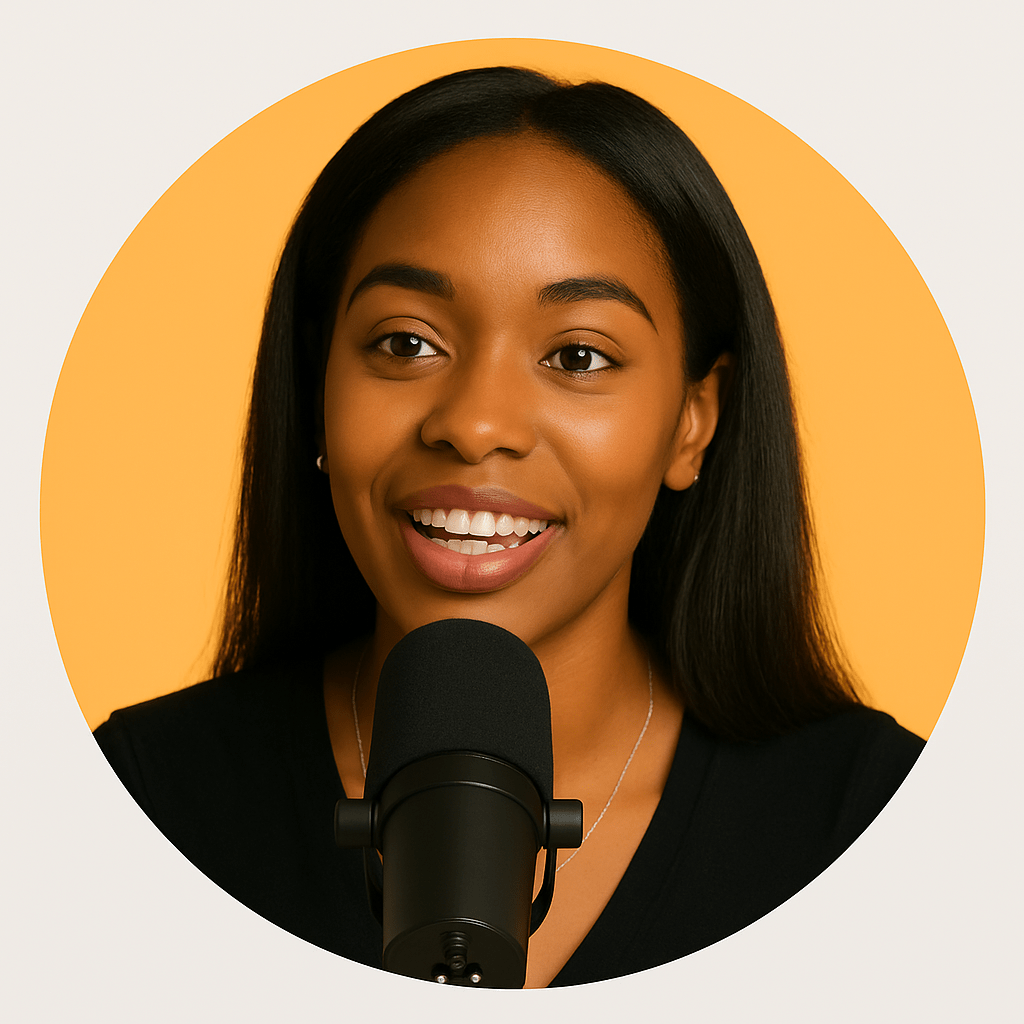Mac offers powerful audio recording capabilities suitable for everything from quick voice notes to professional music production. This comprehensive guide covers all methods, tools, and techniques for capturing high-quality audio on your Mac.
Quick Audio Recording Methods
Voice Memos app: Simplest option for quick recordings. Click record button or press spacebar to start. QuickTime Player: File > New Audio Recording for more control. Choose input source and quality settings. Both save recordings automatically to your Mac. Perfect for voice notes, interviews, and basic podcasts.
GarageBand for Professional Recording
Free with every Mac, professional-grade features. Multi-track recording for complex projects. Built-in effects like reverb, compression, EQ. Virtual instruments and amp simulators. MIDI support for electronic music creation. Export in various formats including MP3, AAC, and WAV.
Audio Input Configuration
System Preferences > Sound > Input to select sources. Adjust input volume to avoid clipping (red zone). Use Audio MIDI Setup for advanced configuration. Set sample rate and bit depth for quality. Configure aggregate devices for multiple inputs. Monitor input levels before recording.
External Microphone Setup
USB microphones work plug-and-play on Mac. XLR mics require audio interface (Focusrite, PreSonus). Position mic 6-12 inches from source. Use pop filter for vocal recordings. Consider acoustic treatment for room. Test different polar patterns for best results.
Recording System Audio
Mac doesn't natively record system audio. Install BlackHole for virtual audio routing. Create Multi-Output Device in Audio MIDI Setup. Alternative: Use ShotVu for easy system audio capture. OBS also captures system audio effectively. Remember copyright considerations for content.
Advanced Recording Software
Logic Pro: Apple's professional DAW ($199). Pro Tools: Industry standard for studios. Audacity: Free, open-source audio editor. Adobe Audition: Part of Creative Cloud. Reaper: Affordable, highly customizable. Each offers unique features for specific needs.
Optimizing Recording Quality
Record in quiet environment, minimize background noise. Use 24-bit/48kHz for professional quality. Leave headroom (-12dB peak) to prevent clipping. Record dry, add effects in post-production. Save uncompressed masters before exporting. Regular backups during long sessions.





